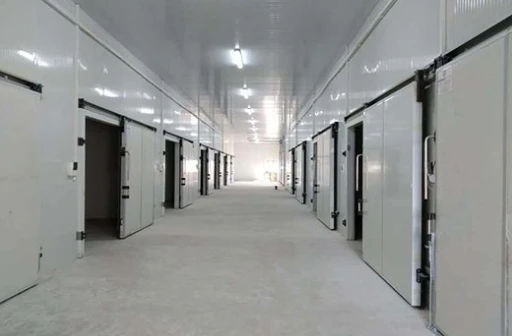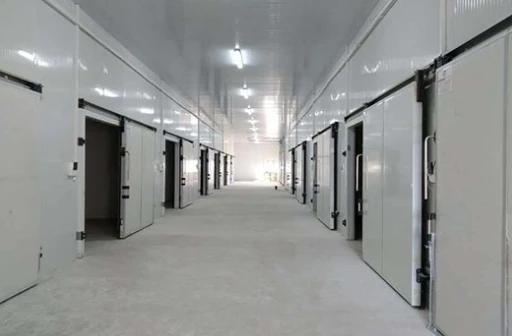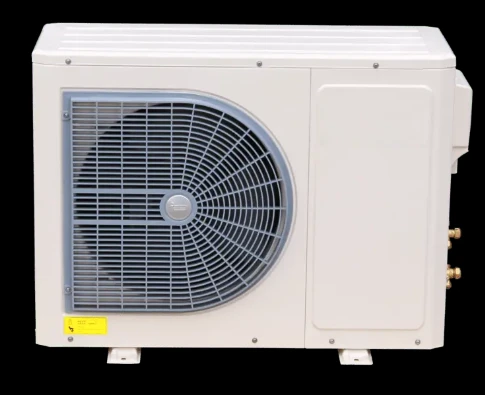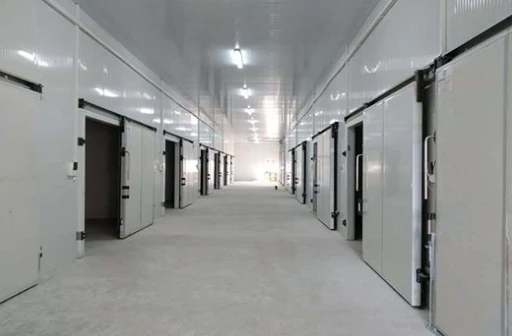What Equipment Is Used in a Typical Industrial Cold Storage Refrigeration System?
In the food industry, ensuring that perishable items are stored at optimal temperatures is crucial for maintaining quality and safety. Industrial cold storage refrigeration systems are designed specifically to facilitate cold food storage equipment, keeping products at the required temperatures to prevent spoilage. Understanding the key components of these systems can help businesses effectively manage their food storage needs.
1. Refrigeration Units: At the heart of any cold storage system are the refrigeration units, which may be either air-cooled or water-cooled. These units are responsible for removing heat from the storage area and maintaining the desired low temperatures. They typically consist of condensers, evaporators, and compressors, each playing a vital role in the refrigeration cycle.
2. Insulated Panels: Effective insulation is fundamental to the efficiency of cold food storage equipment. Insulated panels are used to construct the walls and ceilings of cold storage rooms. These panels minimize heat transfer between the outside environment and the storage space, ensuring that the refrigeration units can maintain consistent temperatures without excessive energy consumption.
3. Temperature and Humidity Control Systems: Maintaining the right temperature and humidity levels is key to preserving the quality of stored goods. These systems monitor and control the internal climate of the storage space. Advanced features may include real-time monitoring and automatic adjustments to optimize conditions based on the specific needs of different food items.
4. Racking Systems: To maximize space and efficiency, industrial cold storage facilities utilize specialized racking systems. These racks are designed to accommodate various sizes and types of cold food storage equipment, allowing for easy access and organization of products within the storage area.
5. Loading and Unloading Equipment: Forklifts, pallet jacks, and conveyor belts are often employed to facilitate the movement of goods in and out of cold storage areas. This equipment is essential for streamlining operations, reducing labor costs, and ensuring that perishable items are handled properly to maintain their integrity.
In conclusion, an efficient industrial cold storage refrigeration system comprises various vital components that work together to protect food products. Businesses in the food industry must invest in high-quality cold food storage equipment to ensure the long-term success and safety of their operations. With the right setup, they can maintain optimal conditions for all their perishable inventory.
-
Tube Ice Machine Cost EffectiveUudisedSep.04,2025
-
IQF Freezer Locks in FreshnessUudisedSep.04,2025
-
Condensers Reject Heat EfficientlyUudisedSep.04,2025
-
Cold Room Door DurabilityUudisedSep.04,2025
-
Chiller Reduces Energy CostsUudisedSep.04,2025
-
Big Block Ice Machine Energy ConsumptionUudisedSep.04,2025
What Equipment Is Used in a Typical Industrial Cold Storage Refrigeration System?
In the food industry, ensuring that perishable items are stored at optimal temperatures is crucial for maintaining quality and safety. Industrial cold storage refrigeration systems are designed specifically to facilitate cold food storage equipment, keeping products at the required temperatures to prevent spoilage. Understanding the key components of these systems can help businesses effectively manage their food storage needs.
1. Refrigeration Units: At the heart of any cold storage system are the refrigeration units, which may be either air-cooled or water-cooled. These units are responsible for removing heat from the storage area and maintaining the desired low temperatures. They typically consist of condensers, evaporators, and compressors, each playing a vital role in the refrigeration cycle.
2. Insulated Panels: Effective insulation is fundamental to the efficiency of cold food storage equipment. Insulated panels are used to construct the walls and ceilings of cold storage rooms. These panels minimize heat transfer between the outside environment and the storage space, ensuring that the refrigeration units can maintain consistent temperatures without excessive energy consumption.
3. Temperature and Humidity Control Systems: Maintaining the right temperature and humidity levels is key to preserving the quality of stored goods. These systems monitor and control the internal climate of the storage space. Advanced features may include real-time monitoring and automatic adjustments to optimize conditions based on the specific needs of different food items.
4. Racking Systems: To maximize space and efficiency, industrial cold storage facilities utilize specialized racking systems. These racks are designed to accommodate various sizes and types of cold food storage equipment, allowing for easy access and organization of products within the storage area.
5. Loading and Unloading Equipment: Forklifts, pallet jacks, and conveyor belts are often employed to facilitate the movement of goods in and out of cold storage areas. This equipment is essential for streamlining operations, reducing labor costs, and ensuring that perishable items are handled properly to maintain their integrity.
In conclusion, an efficient industrial cold storage refrigeration system comprises various vital components that work together to protect food products. Businesses in the food industry must invest in high-quality cold food storage equipment to ensure the long-term success and safety of their operations. With the right setup, they can maintain optimal conditions for all their perishable inventory.
-
Tube Ice Machine Cost EffectiveUudisedSep.04,2025
-
IQF Freezer Locks in FreshnessUudisedSep.04,2025
-
Condensers Reject Heat EfficientlyUudisedSep.04,2025
-
Cold Room Door DurabilityUudisedSep.04,2025
-
Chiller Reduces Energy CostsUudisedSep.04,2025
-
Big Block Ice Machine Energy ConsumptionUudisedSep.04,2025
















































































































